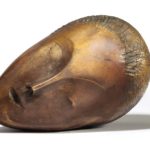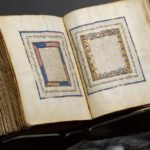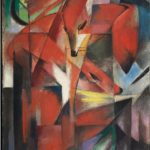SAQQARA (AP).- Egyptian archaeologists on Thursday unveiled a newly-unearthed double tomb with vivid wall paintings in the ancient necropolis of Saqqara near Cairo, saying it could be the start for uncovering a vast cemetery in the area. The tomb includes two false doors with colorful paintings depicting the two people buried there, a father and a son who served as heads of the royal scribes, said Abdel-Hakim Karar, a top archaeologist at Saqqara. “The colors of the false door are fresh as if it was painted yesterday,” Karar told reporters. Humidity had destroyed the sarcophagus of the father, Shendwas, while the tomb of the son, Khonsu, was robbed in antiquity, he said. Also insribed on the father’s false door was the name of Pepi II, whose 90-year reign is believed to be the longest of the pharaohs. The inscription dates the double tomb to the 6th dynasty, which marked the beginning of the decline of the Old Kingdom, also known as the age of pyramids. Egypt’s antiquities chief
Egyptian Archaeologists Unveil Discovery of 4,300-Year-Old Tombs with Vivid Wall Paintings
Back To Top







